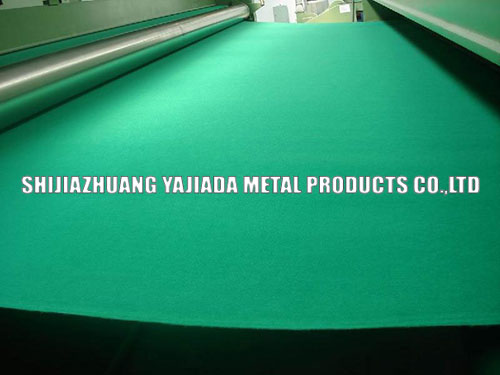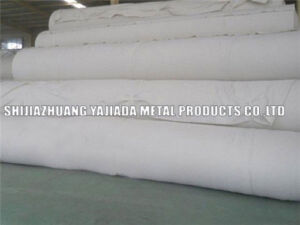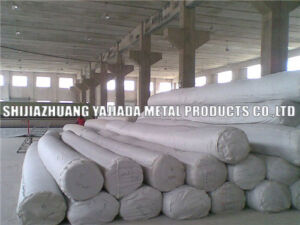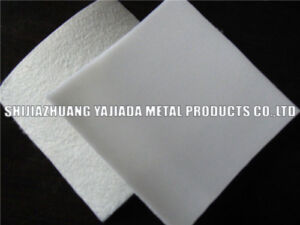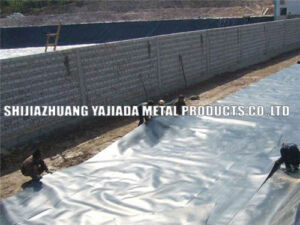Geotextiles (Geotechnical Cloth) are permeable fabrics which, when used in association with soil, have the ability to separate, filter, reinforce, protect, or drain. Typically made from polypropylene or polyester, geotextile fabrics come in three basic forms: woven (resembling mail bag sacking), needle punched (resembling felt), or heat bonded (resembling ironed felt).
Properties
Woven Geoxtextiles are from high UV, non-biodegradable polypropylene tapes.
Resistant to sun, soil chemicals, mildew and insects.
Speeds construction, reducing overall costs.
Increases life of paved and unpaved areas.
Suitable for use with riprap.
Application:
Geotextiles and related products have many applications and currently support many civil engineering applications including roads, airfields, railroads, embankments, retaining structures, reservoirs, canals, dams, bank protection, coastal engineering andconstruction site silt fences or geotube. Usually geotextiles are placed at the tension surface to strengthen the soil. Geotextiles are also used for sand dune armoring to protect upland coastal property from storm surge, wave action and flooding. A large sand-filled container (SFC) within the dune system prevents storm erosion from proceeding beyond the SFC. Using a sloped unit rather than a single tube eliminates damaging scour.
Erosion control manuals comment on the effectiveness of sloped, stepped shapes in mitigating shoreline erosion damage from storms. Geotextile sand-filled units provide a “soft” armoring solution for upland property protection. Geotextiles are used as matting to stabilize flow in stream channels and swales.
Geotextiles can improve soil strength at a lower cost than conventional soil nailing. In addition, geotextiles allow planting on steep slopes, further securing the slope.
Geotextiles have been used to protect the fossil hominid footprints of Laetoli in Tanzania from erosion, rain, and tree roots.
In building demolition, geotextile fabrics in combination with steel wire fencing can contain explosive debris.
Send your message to this supplier



